Your cart is currently empty!
Author: RoYuMi
-
Washi, Traditional Japanese Paper
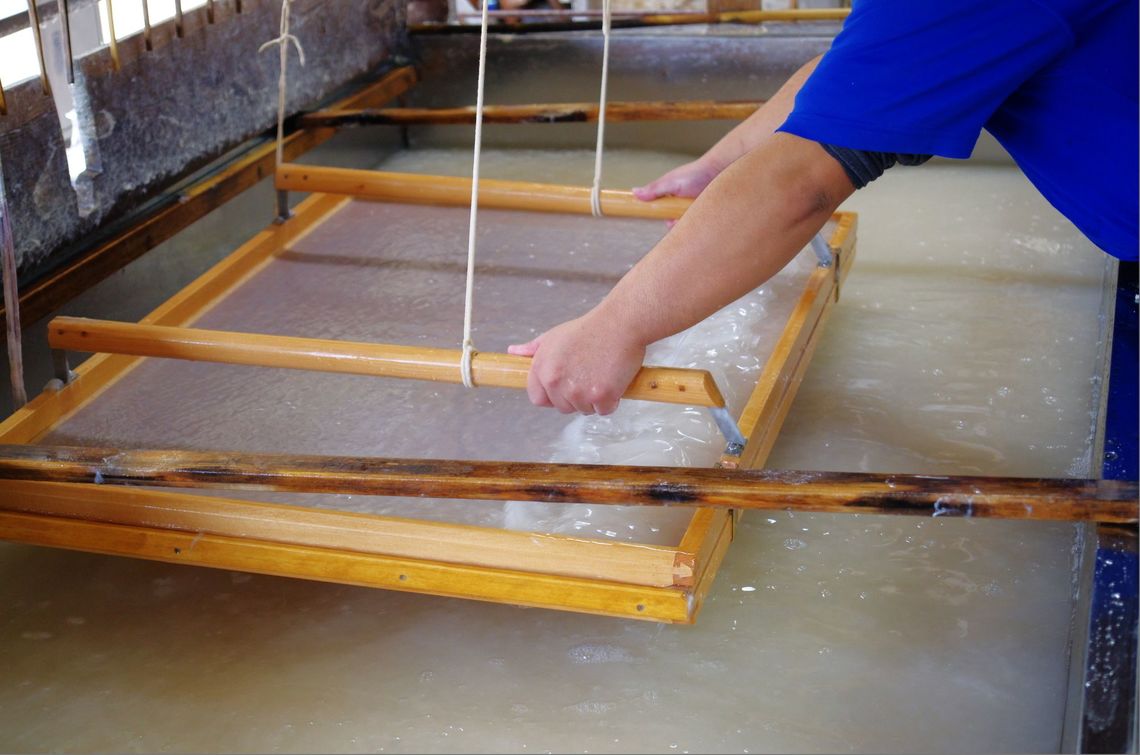
Washi paper (和紙) is one of Japan’s most important artistic products. Over 1,300 years of production, it has formed the backbone of many other Japanese art forms. In fact, washi paper is so ingrained in Japanese culture that there are literally cities built around washi paper making. (You can watch the video of this post… Read more
-
The 30 Most Popular Expressions or Words in Japan in 2021

In Japan, at the end of each year, new and trendy words or expressions that people paid close attention to and talked about on their social media are selected. These selected words give an idea of how the year has been in social terms and that, if you are studying Japanese, they reveal characteristics of… Read more
-
High School in Japan: A Choice With a Thousand Details

I still remember the school years as if it were yesterday, the time when we went from middle school to high school, and in my personal case it was in a certain way “natural”. I simply continued my studies at the same school, which had grades from preschool to high school. There was not much… Read more
-
The Hidden (But Cute) Side of the “Undokai” Sports Festival
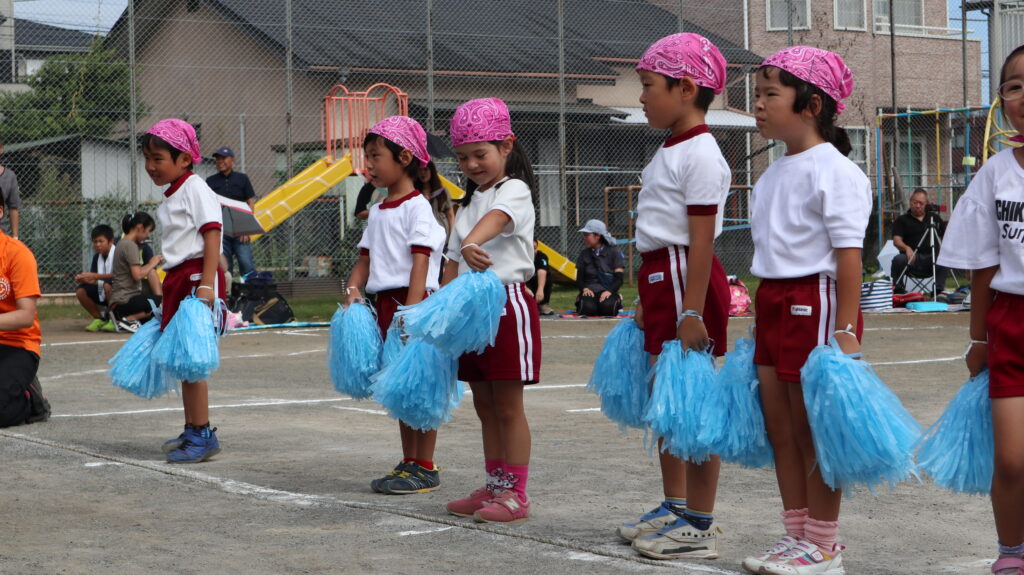
Many of you have probably already heard about the undokai sports festival in Japan. A celebration full of physical tests, sports competitions, dances and rhythm tables, which are an unmissable tradition, especially in schools in Japan. These are organized from kindergarten or kindergarten, through all school grades, universities, and even in companies and neighbors in… Read more
-
What is celebrated on Culture Day in Japan?
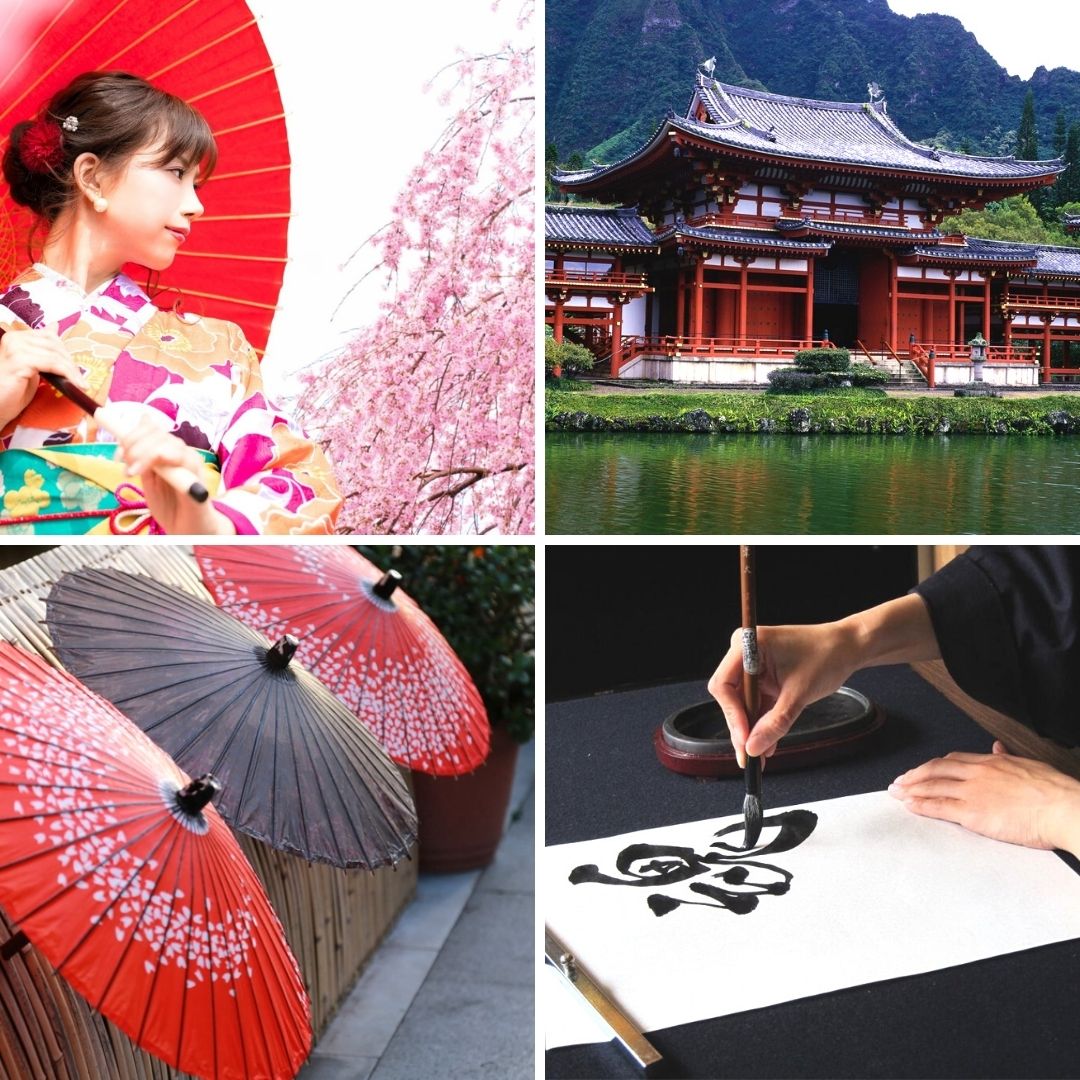
Culture Day (文化の日, Bunka no Hi) is the national event to celebrate traditional Japanese culture and promote the love of freedom and peace enshrined in the Japanese constitution. It has been a public holiday since 1948 although it was officially adopted in 1946 after World War II. It is celebrated annually in Japan on November… Read more
-
Maneki-neko – Symbol of Luck in Japan
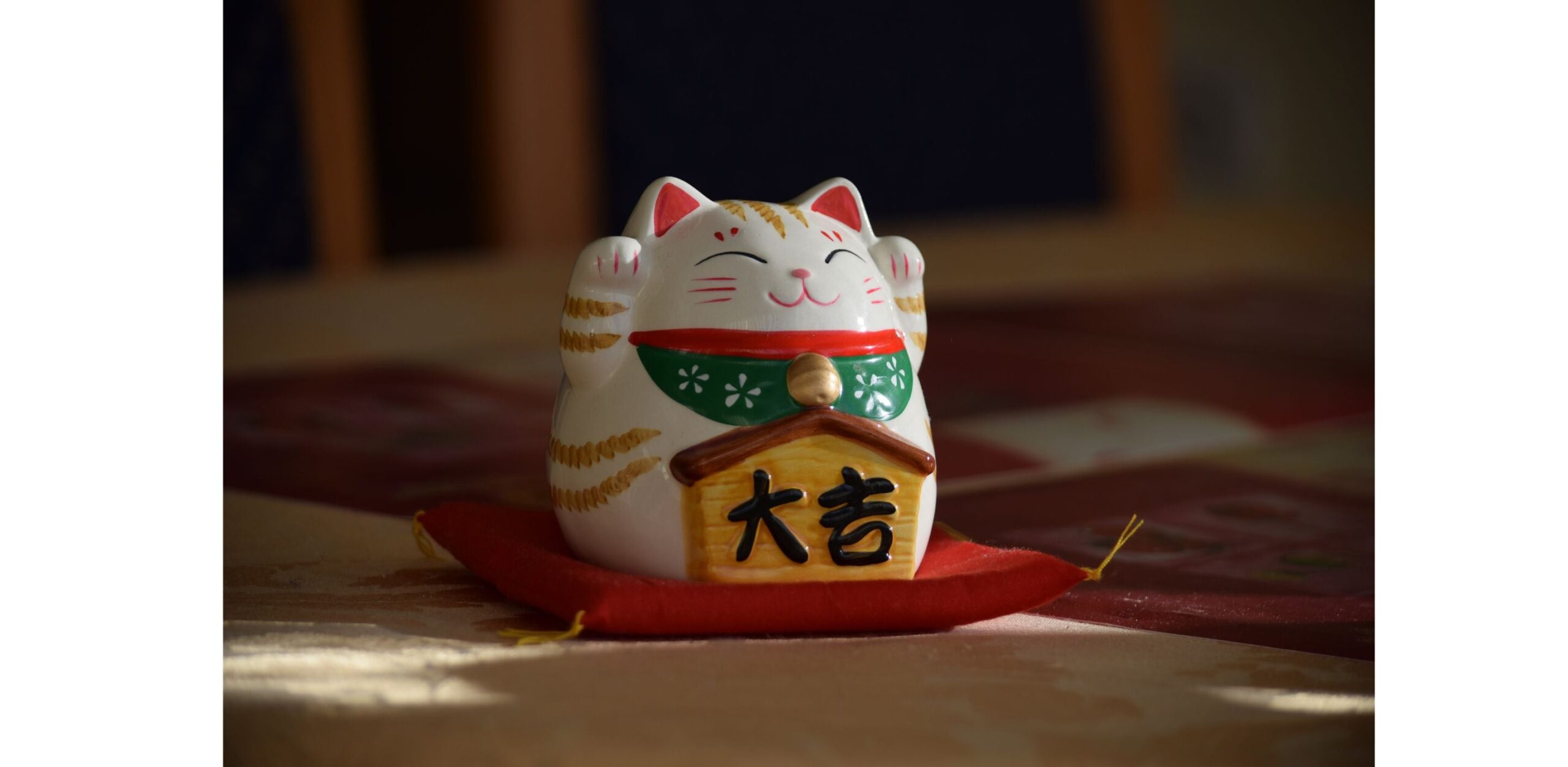
Maneki-neko (招き猫), also known as the lucky cat or fortune cat, is a popular Japanese sculpture that has the symbolism of bringing good luck to its owner. The sculpture represents a cat, specifically of the Japanese bobtail breed, in an attitude of calling and not greeting as most people think. The Manekineko can often be… Read more
-
Wabi Sabi – Philosophy of Imperfection in JAPAN
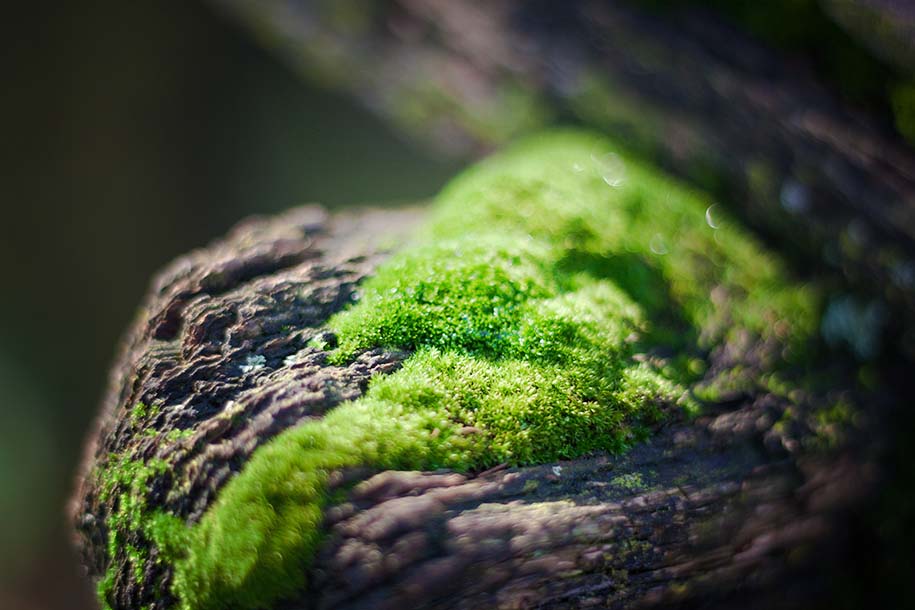
Wabi Sabi侘寂 is something very characteristic of Japanese culture. It is something that seems simple on the surface but when you dig deeper it is something that is very intrinsic in the whole society of Japan, in every detail, in the modern and in the traditional. Wabi sabi is beauty in the imperfect, it is… Read more
-
Kano Jigoro – The Father of Judo
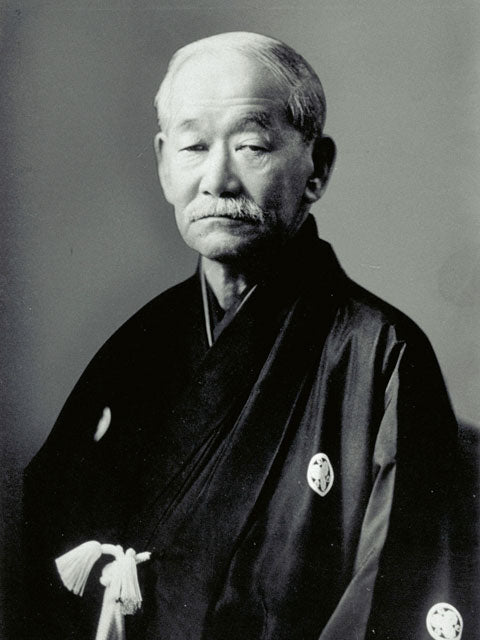
Born in 1860 in Mikage (now part of Kobe), Kanō Jigorō嘉納治五郎 moved to Tokyo with his father at the age of 11. Although he was known as a child prodigy at school, he often faced adversity. To develop his strength, he decided to study the martial art of Jujutsu . During his time as a… Read more
-
Friendly Yokai from Japanese Folklore
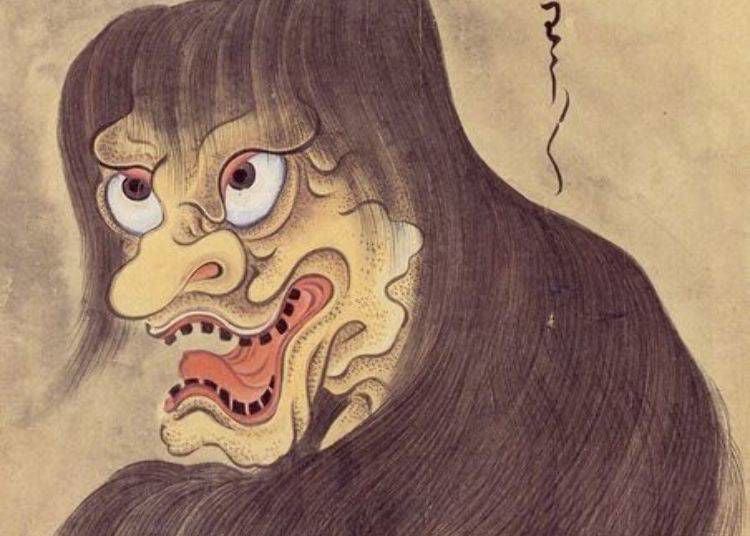
In Japanese folklore, yōkai (妖怪) refers to ghosts, monsters, and legendary spirits. Strange behaviors are attributed to these mythical creatures to explain otherwise mysterious phenomena. Yōkai means “attractive, bewitching” and kai (怪) “mystery, wonder.” Yōkai were often depicted as strange incarnations of ordinary individuals or creatures, some resembling humans, for example, with altered features such… Read more
-
Montezuma’s Revenge vs. The secret mission ninja bug suicide attack

Proof of one of the benefits of the banana peel 43 years ago, at the end of October, I arrived at the Mexico City airport. My husband was very excited and told me that he wanted me to try a drink made from the fruit called “soursop”. He bought a can of Jumex and drank… Read more
